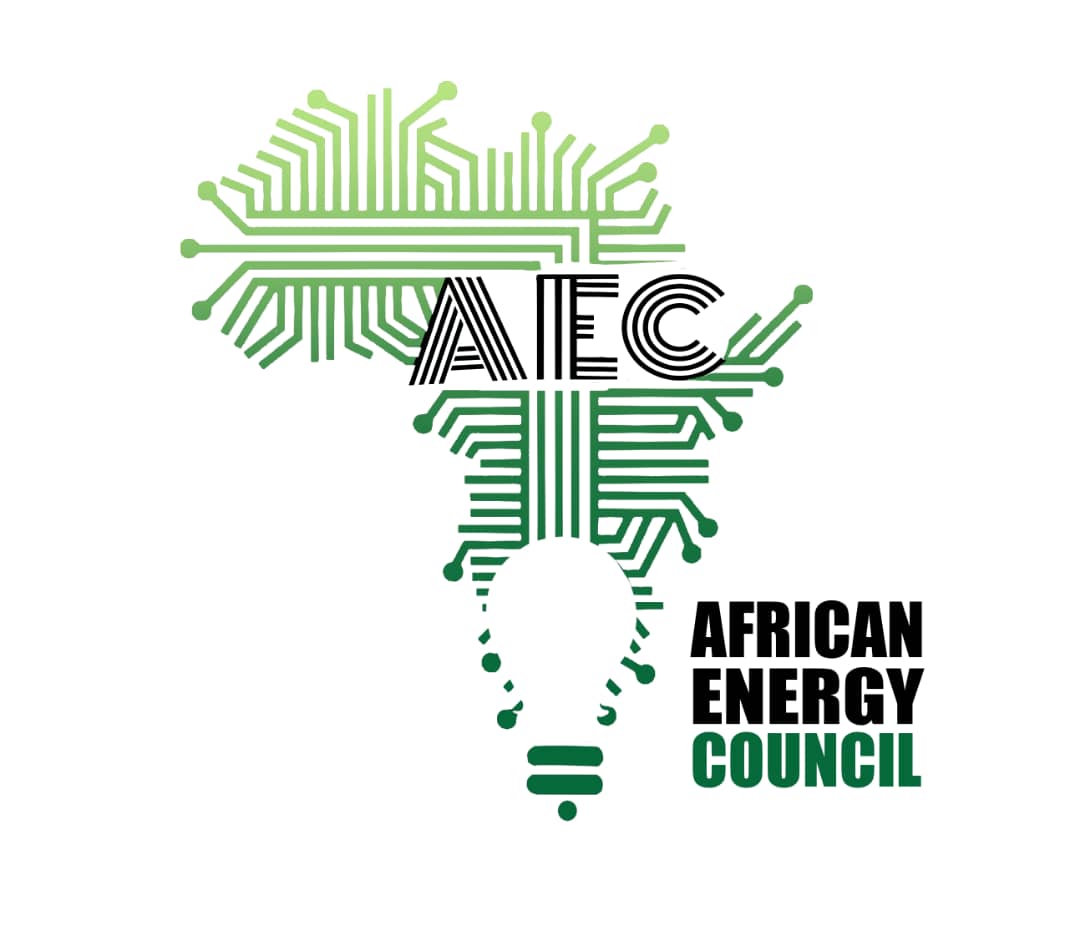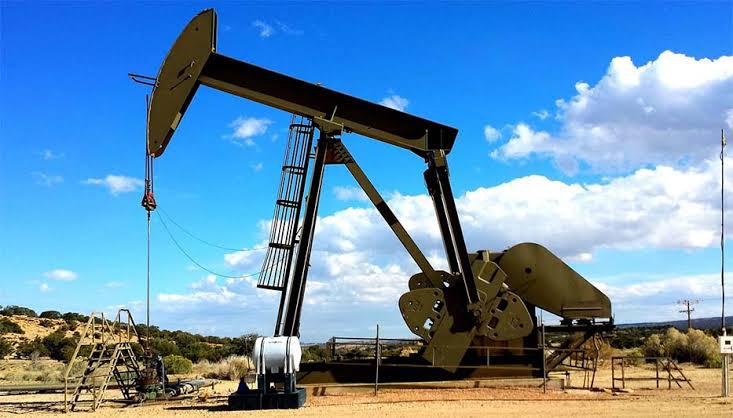Uganda’s government plans to launch its third round of petroleum exploration licensing.
Energy and Mineral Development Minister Ruth Nankabirwa announced that the launch would take place in the 2025/2026 fiscal year (July-June).
This licensing round will offer new areas for oil and gas exploration, though specific regions—such as the Albertine Graben or the northern and northeastern basins—have not yet been confirmed.
Uganda, which discovered crude oil in the Albertine Graben almost 20 years ago, aims to begin production this year.
Authorities have chosen a developer for the Kilembe copper mine near the Democratic Republic of Congo border.
Final negotiations for the mine’s redevelopment are nearing completion, with an announcement expected soon.
The Kilembe mine contains an estimated 4 million tonnes of ore, with grades of 1.98% copper and 0.17% cobalt.
Operations at the mine have been on hold since the early 1970s due to political instability and low copper prices after its abandonment by Canadian company Falconbridge.
These efforts highlight Uganda’s drive to revitalize its mining sector and grow its oil and gas industry.
Uganda holds 6.5 billion barrels of oil reserves, of which about 1.4 billion are estimated to be economically viable.
Most of these reserves are located in western Uganda along the border with the Democratic Republic of the Congo.
The Kingfisher and Tilenga fields in the Lake Albert Basin are key sites for oil development.
Development drilling for Uganda’s East Africa Crude Oil Project has been ongoing since mid-2023.
By August 2024, the Tilenga project had completed 63 out of its planned 426 wells, while the Kingfisher project had drilled nine production wells.

